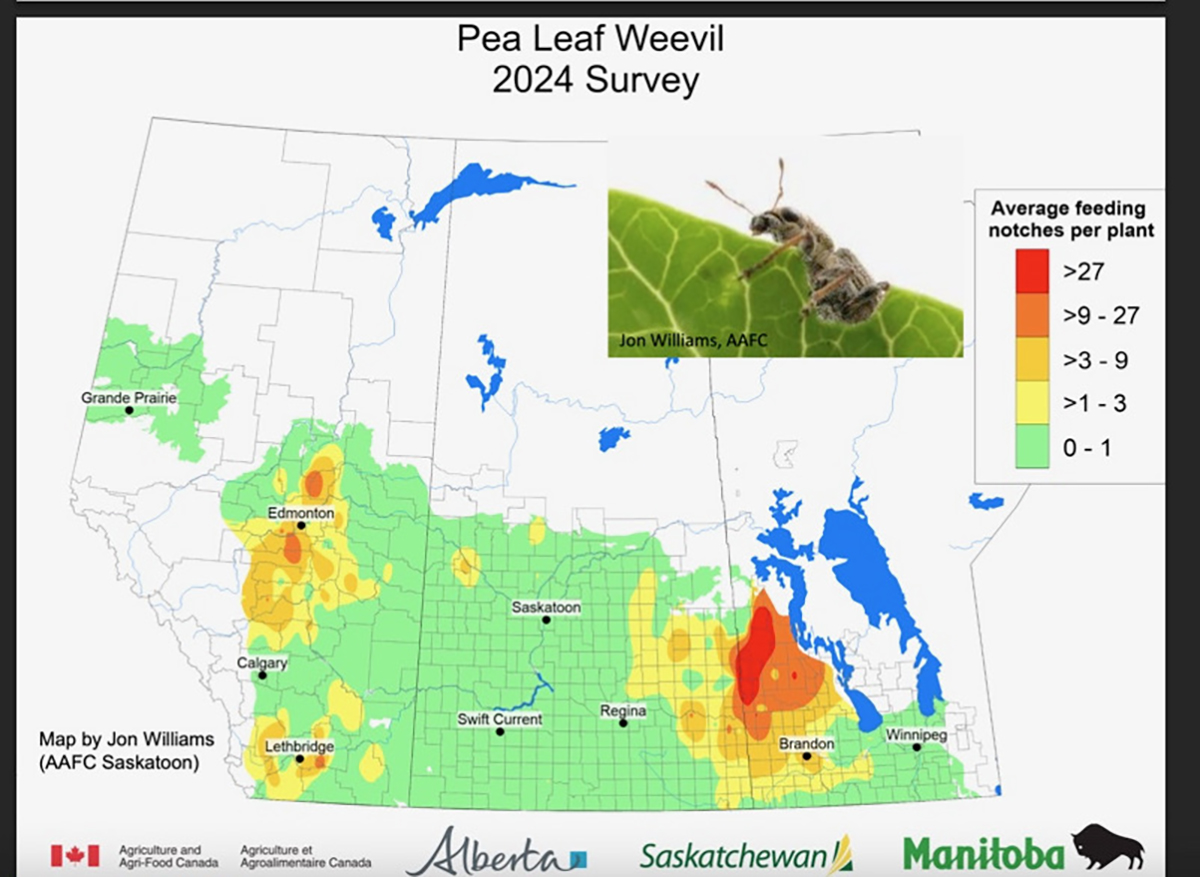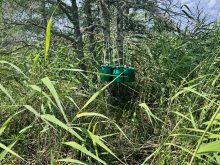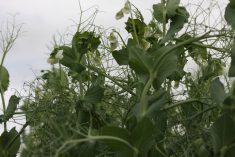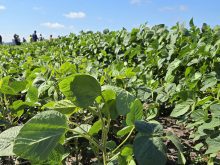Glacier FarmMedia – Pea leaf weevils are creeping farther east in Manitoba.
Provincial entomologist John Gavloski said the pulse pest has been confirmed as far east as the Stony Mountain area. Gavloski was one of the speakers during the most recent Manitoba Agriculture Crop Talk webinar in May,
When mature, weevils are about five millimetres long.
Read Also

Bio-fumigation may become new use for mustard
Mustard is great on hot dogs, but innovators in Western Canada have developed a new mustard variety for a different market — bio-fumigation.
The species poses a unique threat to pulse crops. Leaf notching from adult weevils is a warning that the pest is in a field, but the real economic damage comes from the larvae, Gavloski said.
“They feed on the nodules on the roots of the plants. They’re not feeding on the roots directly,” he said.
This feeding pattern disrupts nitrogen fixation. Root nodules contain rhizobium bacteria essential for converting atmospheric nitrogen into a form plants can use.
“If you have too many pea leaf weevils feeding on the nodules, then you’ve got no rhizobium, and the plants can’t fix nitrogen, so you end up with a nitrogen deficiency. That’s why pea leaf weevil can be a problem,” he said.
Manitoba Agriculture is among the groups looking to track the pest in Western Canada, along with other provincial agriculture departments, university academics and Agriculture Canada.
Survey maps published by the Prairie Pest Monitoring Network show that northwestern Manitoba is a major hotspot. Leaf notching was detected at rates of more than 27 notches per plant in a wide swath of the region.
Numbers dropped as the survey moved east and south, although parts of the southwest still saw moderate feeding.
In eastern Manitoba in 2024, “there was absolutely nothing there,” Gavloski said.
The province will, however, be expanding its pea weevil monitoring this year.
”This year we will be sampling further east as well, just to see what the range of pea leaf weevil is, as well as the relative numbers,” he said.
Surveying normally happens when plants are between the second- and sixth-node growth stages, or from late May to early June, according to the PPMN.

“This period typically coincides with maximum foliar damage and the peak of pea leaf weevil movement into primary host crops,” the network’s website says.
Gavloski encouraged producers to participate in the monitoring program.
“If you’d like to contribute to this survey, please get in touch with me,” he said.
“I will send you the data sheets and the instructions.… It’s fairly simple. You’re basically counting these nodules and how many on 50 plants. That’s the way we do our survey.”
















